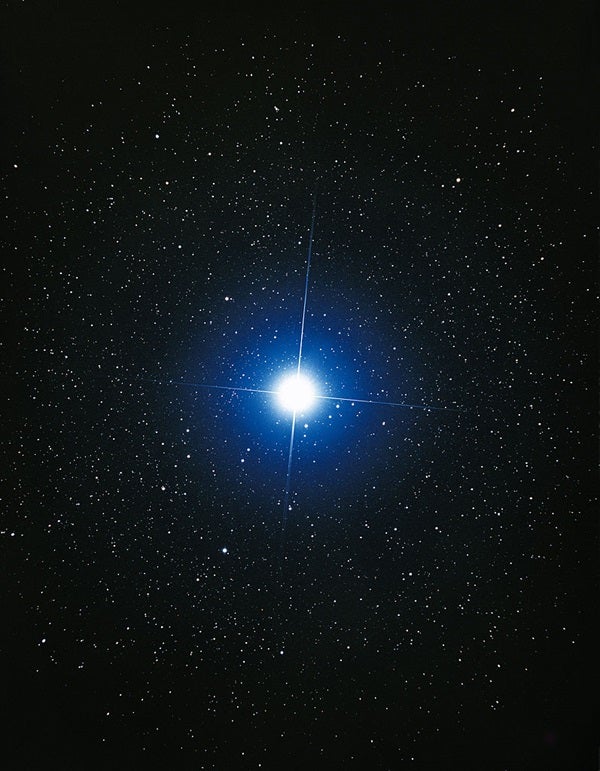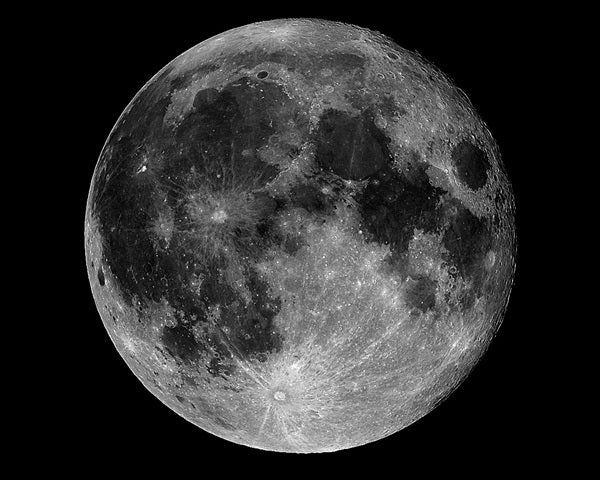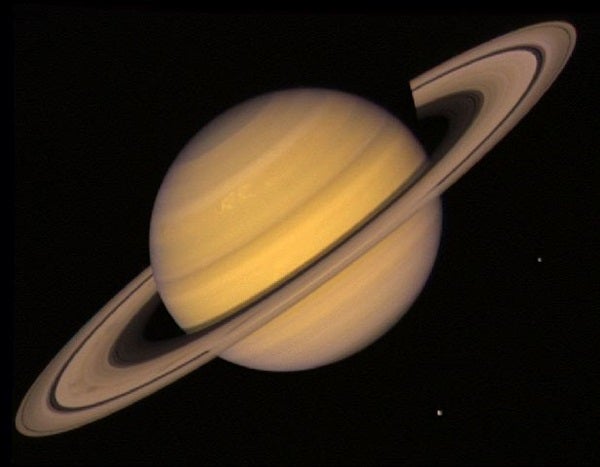Friday, August 12
• Although the annual Perseid meteor shower reached its peak before dawn today — at levels not seen in more than a decade — observers should still keep an eye out tonight. In Saturday’s predawn hours, skywatchers under a clear dark sky can expect to see at least a couple of dozen meteors per hour. The best views will come after the waxing gibbous Moon sets between 1:30 and 2 a.m. local daylight time. The spectacle continues to improve as dawn approaches because the shower’s radiant — the spot on the border between Perseus and Cassiopeia where the meteors appear to emanate — climbs higher.
Saturday, August 13
• Assuming you watch the Perseid show this morning, don’t pack up when twilight starts to paint the sky. About 45 minutes before the Sun comes up, look for a bright object hovering just above the horizon in the east-southeast. This is the night sky’s brightest star, magnitude –1.5 Sirius in the constellation Canis Major. From mid-northern latitudes, the luminary climbs some 4° high a half-hour before sunrise and should stand out if you have a clear and unobstructed horizon. The return of Sirius to the predawn sky was an occasion for celebration in ancient Egypt. Around 3000 b.c., this so-called heliacal rising of Sirius heralded the coming flood of the Nile River, an event upon which agriculture — and all life in Egypt — depended.
Sunday, August 14
• Brilliant Jupiter remains a beacon in the western sky after sunset, but its days of prominence are numbered. It currently appears 10° high a half-hour after sunset and dips below the horizon during late twilight. The giant planet shines at magnitude –1.7 against the backdrop of western Virgo. At this low altitude, Jupiter won’t show much detail through a telescope — don’t expect to see more than a slightly flattened disk measuring 31″ across the equator.
Monday, August 15
• A second bright planet lurks low in the western evening twilight this week. Venus appears only about half as high as Jupiter, however, so you’ll need an unobstructed horizon to spot it. Fortunately, the inner planet glows brilliantly at magnitude –3.8 and will show up clearly under good atmospheric conditions. A telescope reveals an almost fully illuminated disk that spans 10″.
Tuesday, August 16
• Mercury reaches greatest elongation today, when it stands 27° east of the Sun. For observers at mid-northern latitudes, however, the innermost planet hangs low in the west after sunset. From 40° north latitude, it stands 5° high 30 minutes after the Sun goes down. You can find the magnitude 0.2 world through binoculars some 4° (about half a binocular field) below Jupiter. Be sure to keep an eye on Mercury, Venus, and Jupiter during the next two weeks as the triangle they form grows tighter.
Wednesday, August 17
• Full Moon officially arrives at 5:27 a.m. EDT tomorrow morning, but it looks completely illuminated throughout the night. It appears low in the east as the Sun sets and reaches its peak in the south around 1 a.m. local daylight time. Luna resides among the dim background stars of northeastern Capricornus. As a curiosity only, the Full Moon crosses the northern edge of Earth’s penumbral shadow. Just 2 percent of our satellite dips into this subtle shadow, however, and observers won’t be able to detect any dimming.
Thursday, August 18
• Although Saturn reached its peak in early June, it remains conspicuous on August evenings. You can find the planet in the south-southwest around 9 p.m. local daylight time, when it forms the vertex of a pretty triangle that includes Mars and Antares. Saturn shines at magnitude 0.4, intermediate in brightness between the Red Planet and the ruddy star. When viewed through a telescope, Saturn measures 17″ across while its dramatic ring system spans 39″ and tilts 26° to our line of sight.
Friday, August 19
• Distant Neptune reaches opposition and peak visibility two weeks from today, but the view now is essentially the same. The ice giant planet rises around 8:30 p.m. local daylight time and climbs nearly halfway to the zenith in the southern sky by 2 a.m. The magnitude 7.8 planet lies in Aquarius, 1° southwest of 4th-magnitude Lambda (l) Aquarii. You’ll need binoculars to spy Neptune and a telescope to see its blue-gray disk, which spans 2.4″.
Saturday, August 20
• Asteroid 2 Pallas reaches opposition and peak visibility today. The second-biggest object orbiting between Mars and Jupiter glows at magnitude 9.2, bright enough to show up through almost any telescope. You can find it on the border between Pegasus and Equuleus, 4° due west of 2nd-magnitude Enif (Epsilon [e] Pegasi), the star that marks the nose of Pegasus the Winged Horse. The lovely globular star cluster M15 lies 2.5° north and a touch east of Pallas. The three objects lie about halfway to the zenith in the southeastern sky after darkness falls.
Sunday, August 21
• Look toward the south-southwest during evening twilight and you can’t miss Mars. The Red Planet shines brightly at magnitude –0.4 and remains visible until it dips below the horizon around midnight local daylight time. Mars resides on the border between Scorpius and Ophiuchus, crossing from the former to the latter constellation today. When viewed through a telescope, Mars’ orange-red disk spans 11″ and shows several subtle dark markings.
• The Moon reaches perigee, the closest point in its orbit around Earth, at 9:19 p.m. EDT. It then lies 228,074 miles (367,050 kilometers) away from us.












